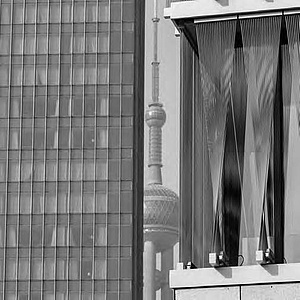Requirements of Dense Housing Areas

The extent of building activities in China is fascinating. The demand for living space in the big cities has led to an unprecedented high-rise building boom. This building boom and the further densification of cities involves new and complex challenges not only for urban planning departments, mobility and for the infrastructural supply chain management, but also for architecture. According to statistics, Chinese metropolis regions (more than 85 conurbations with more than five million inhabitants each) can expect an annual increase of one million people per year. In this context, a steep rise of the cities’ total energy demand is also to be expected. Even today, the major part of the energy demand of urban settlement areas is due to the operation of buildings, especially to the segment of cooling buildings. If predictions regarding immigration in Chinese conurbations are right, and if the current air-conditioning standards are maintained, energy demand in this field of building operation will double. Above all, this trend means an ecological challenge, which is connected directly with questions of energy production and the urbanization of major regions. In this context, quality of urban density is up for discussion, as is the technical and energy effort needed to achieve a high, yet acceptable building and population density. This debate about acceptance of high density and living comfort must lead to an understanding of the qualities of density.
Project duration:
seit 2013 Financing:
Confuzius Institute Graz, Karl Franzens University of Graz
and other sponsors Project management:
Roger Riewe, Institute of Architecture Technology, TU Graz
Ferdinand Oswald, Institute of Architecture Technology, TU Graz
Armin Stocker, Institute of Architecture Technology, TU Graz
seit 2013 Financing:
Confuzius Institute Graz, Karl Franzens University of Graz
and other sponsors Project management:
Roger Riewe, Institute of Architecture Technology, TU Graz
Ferdinand Oswald, Institute of Architecture Technology, TU Graz
Armin Stocker, Institute of Architecture Technology, TU Graz
